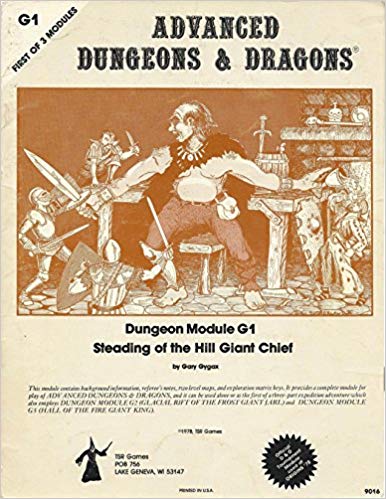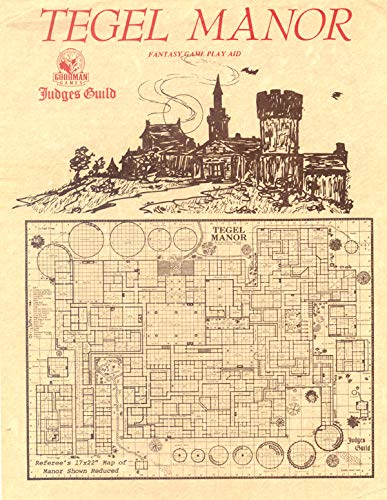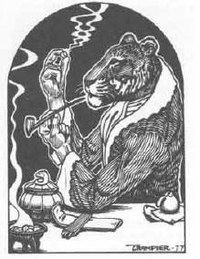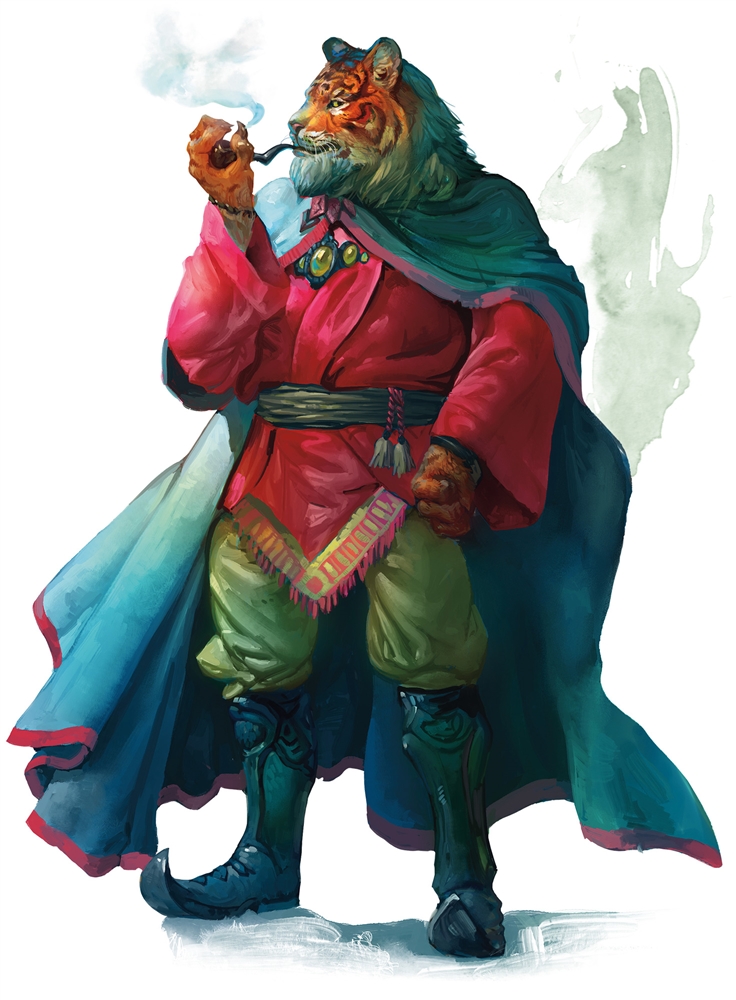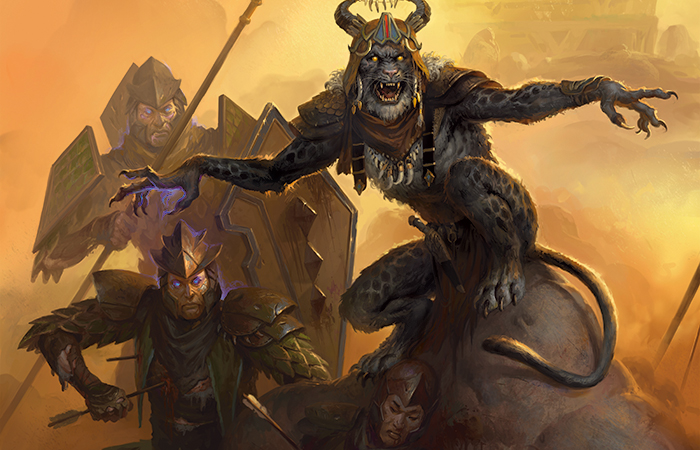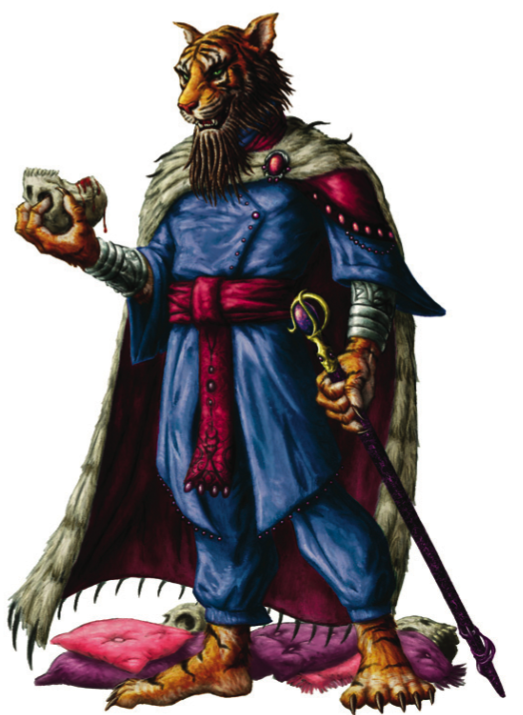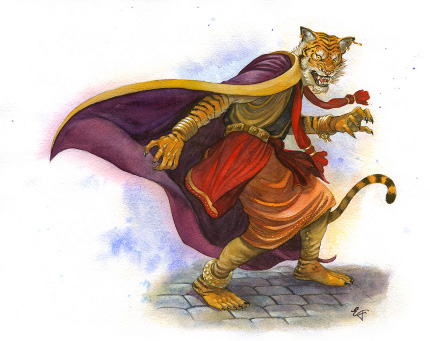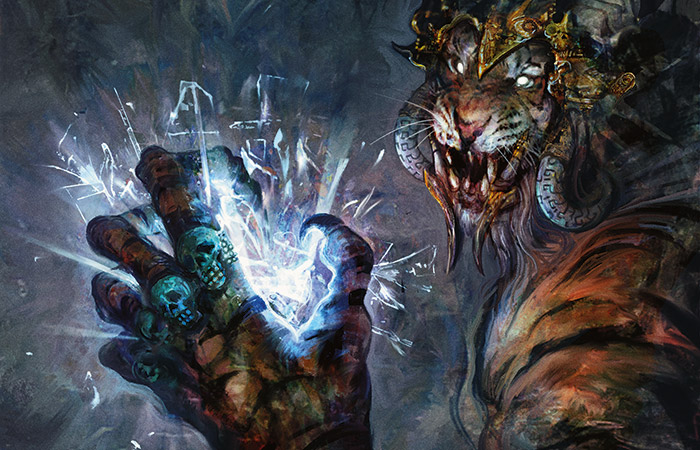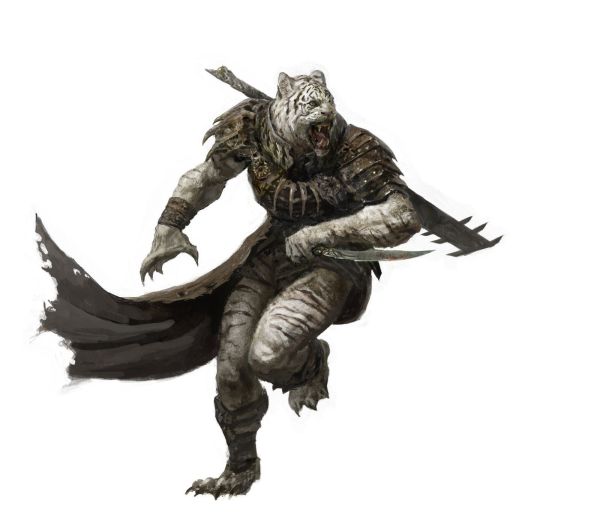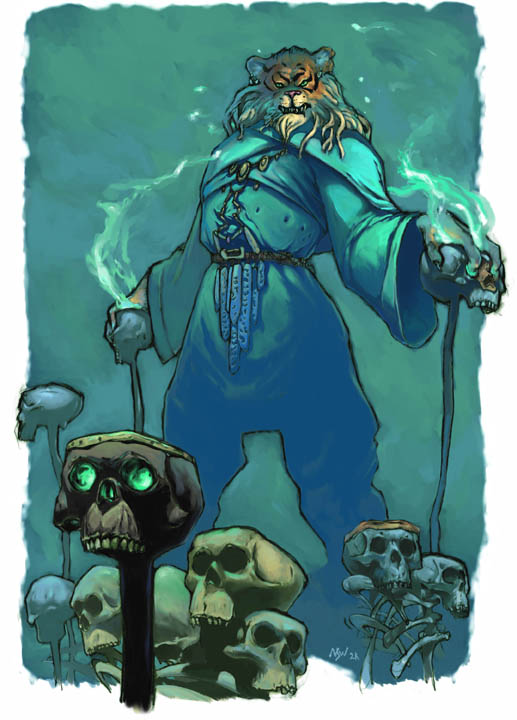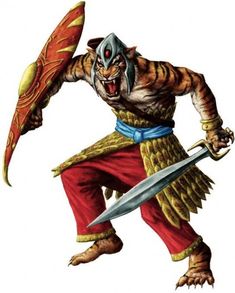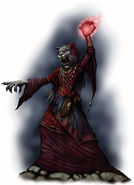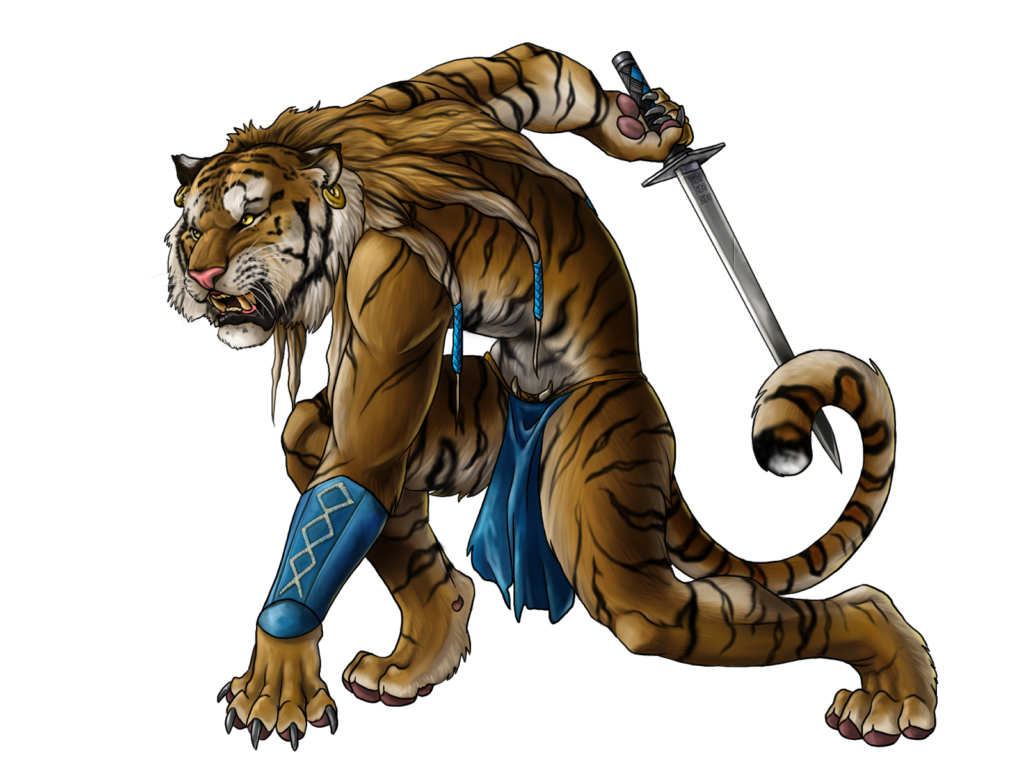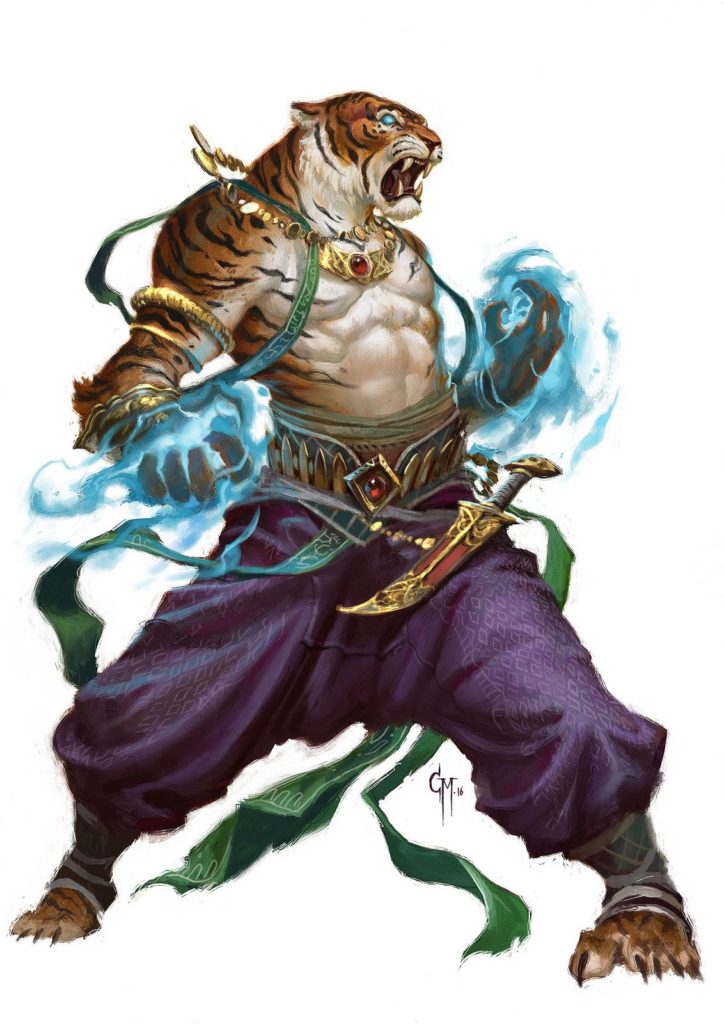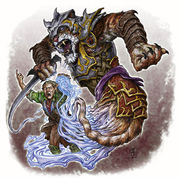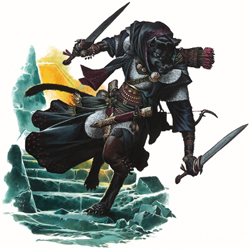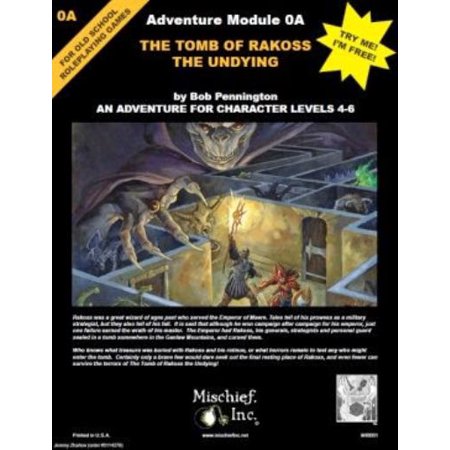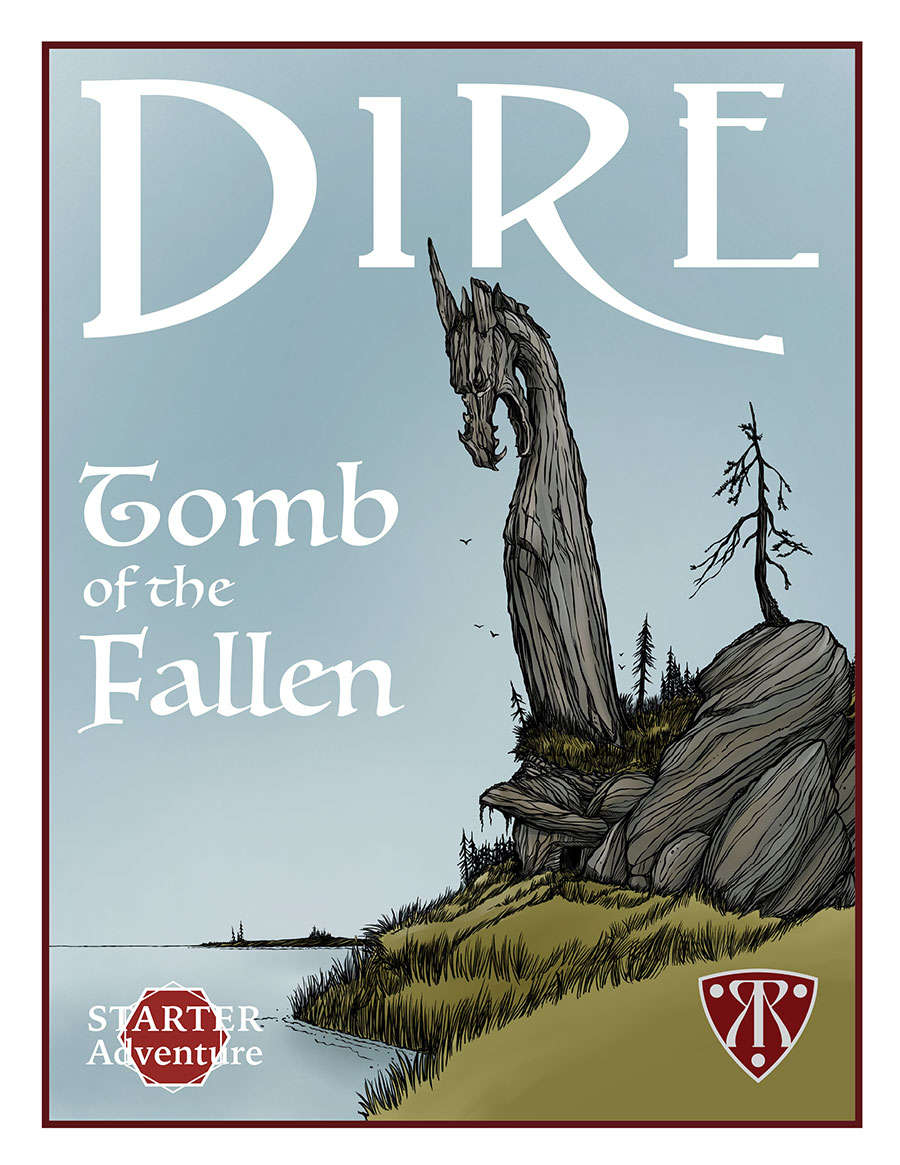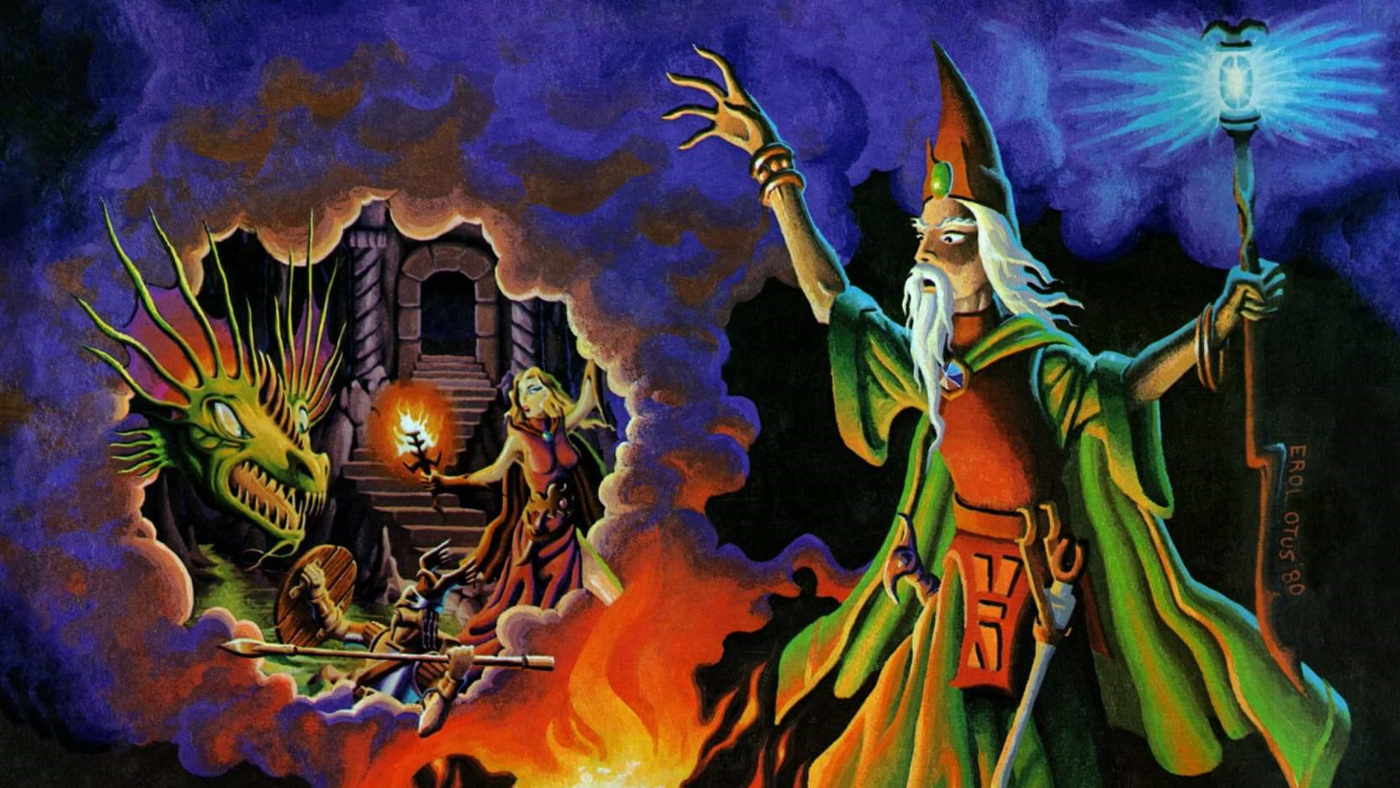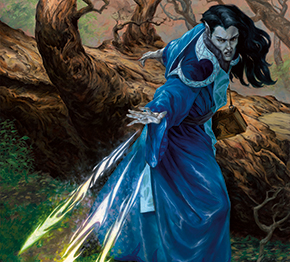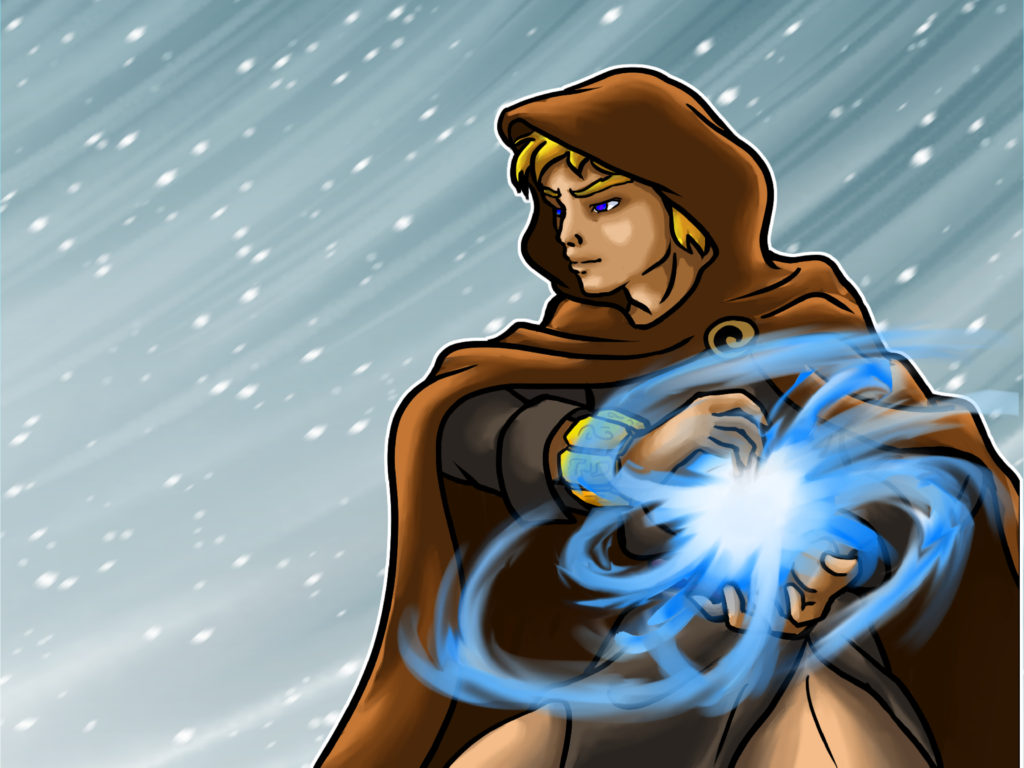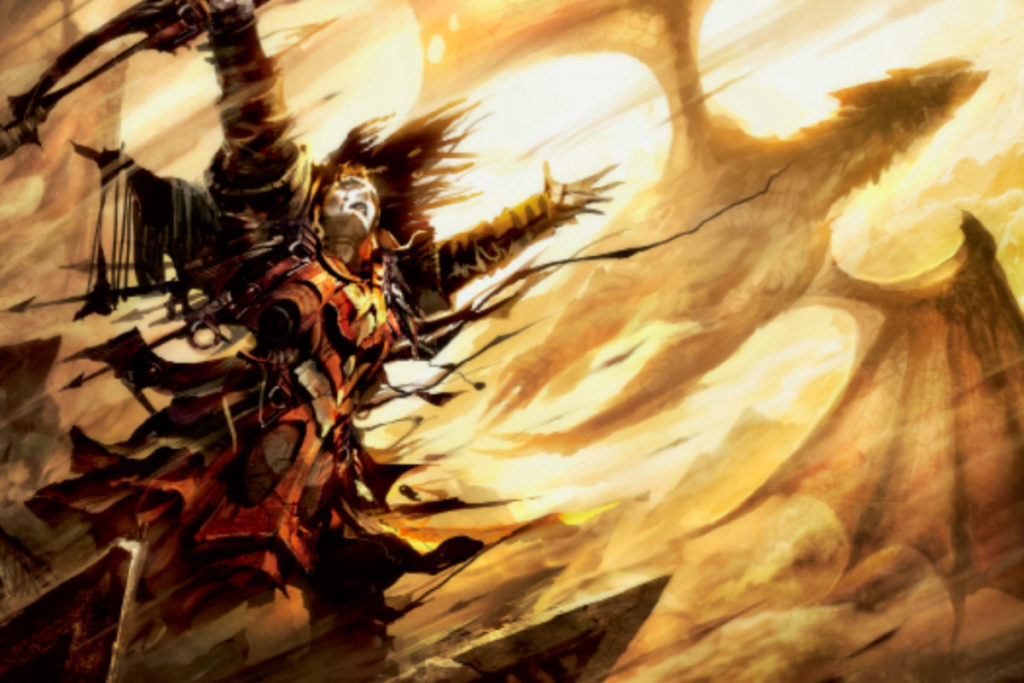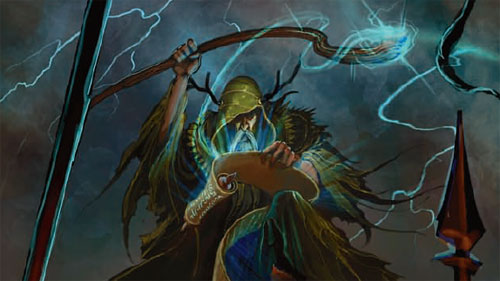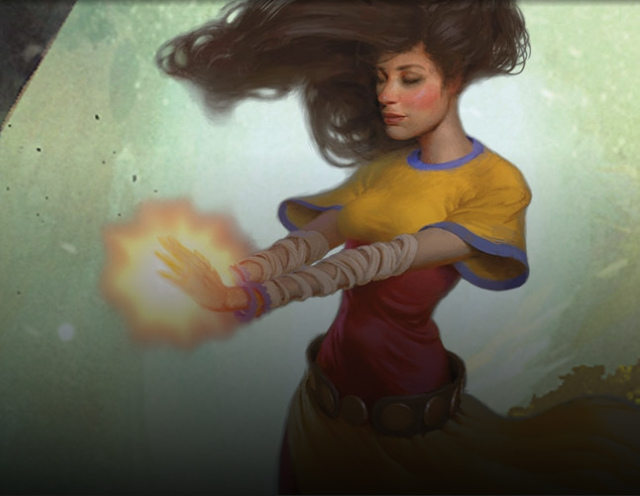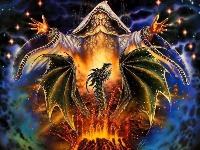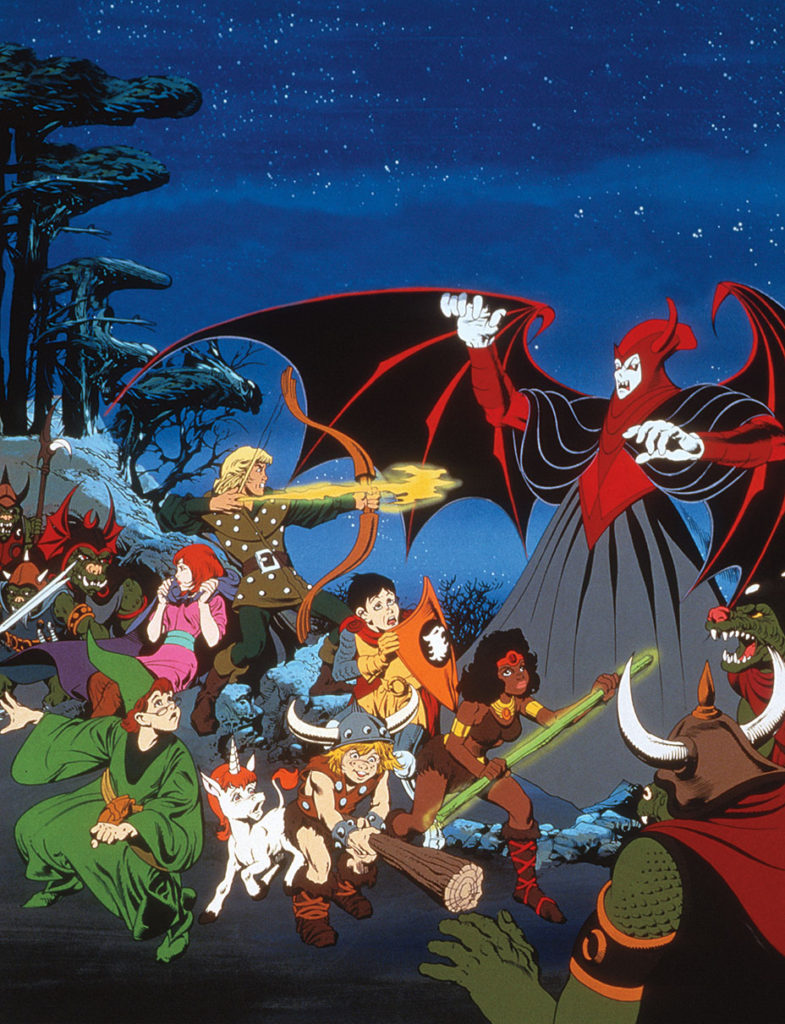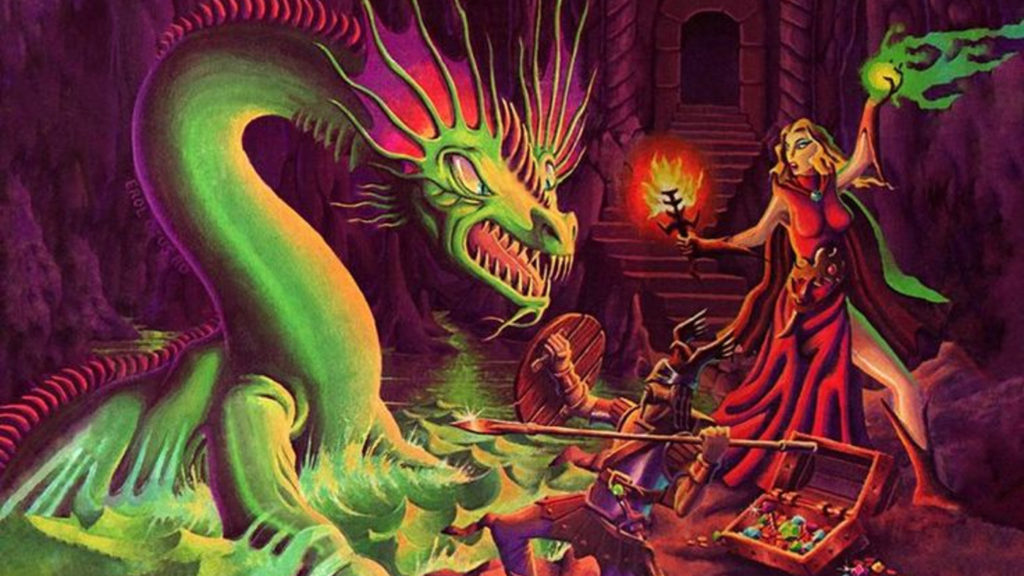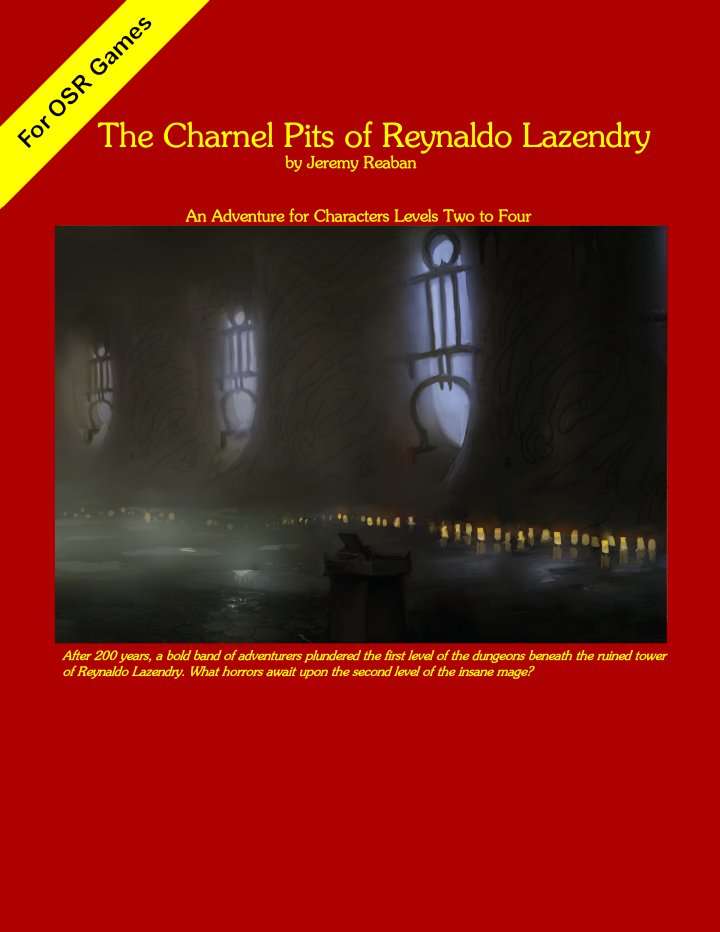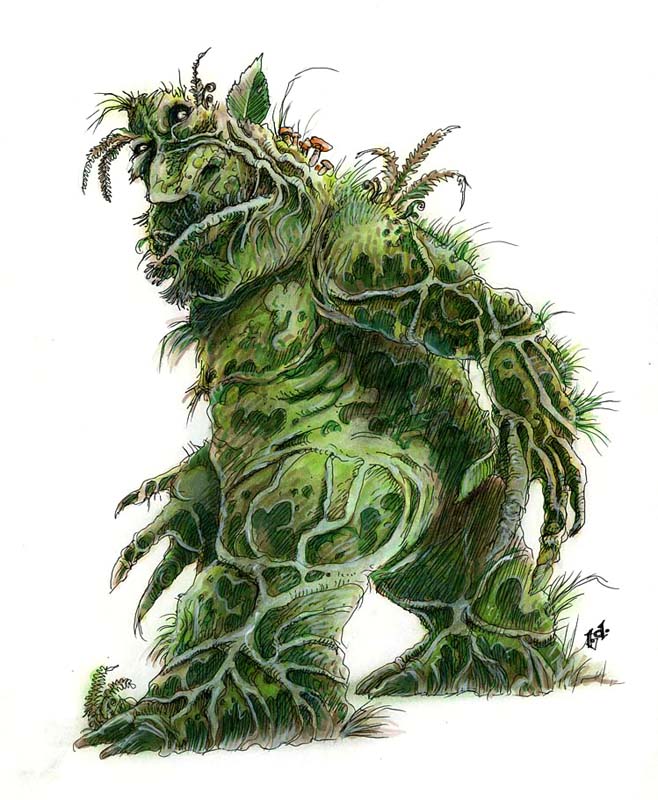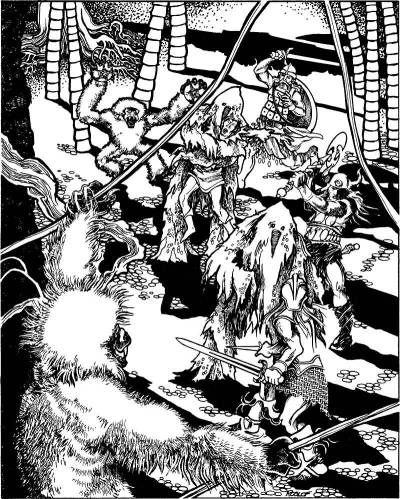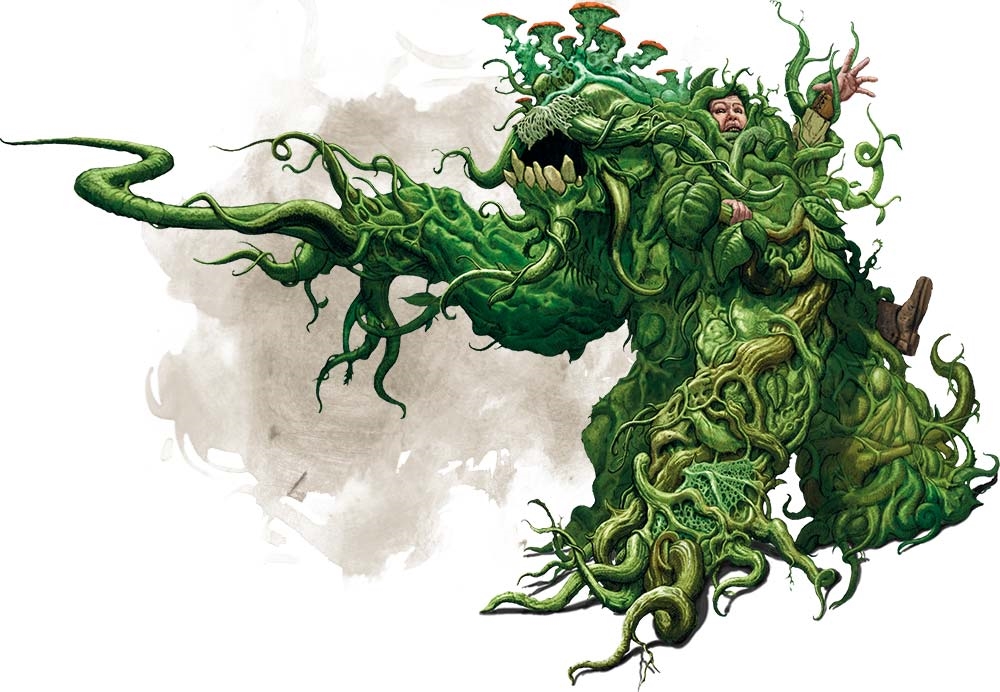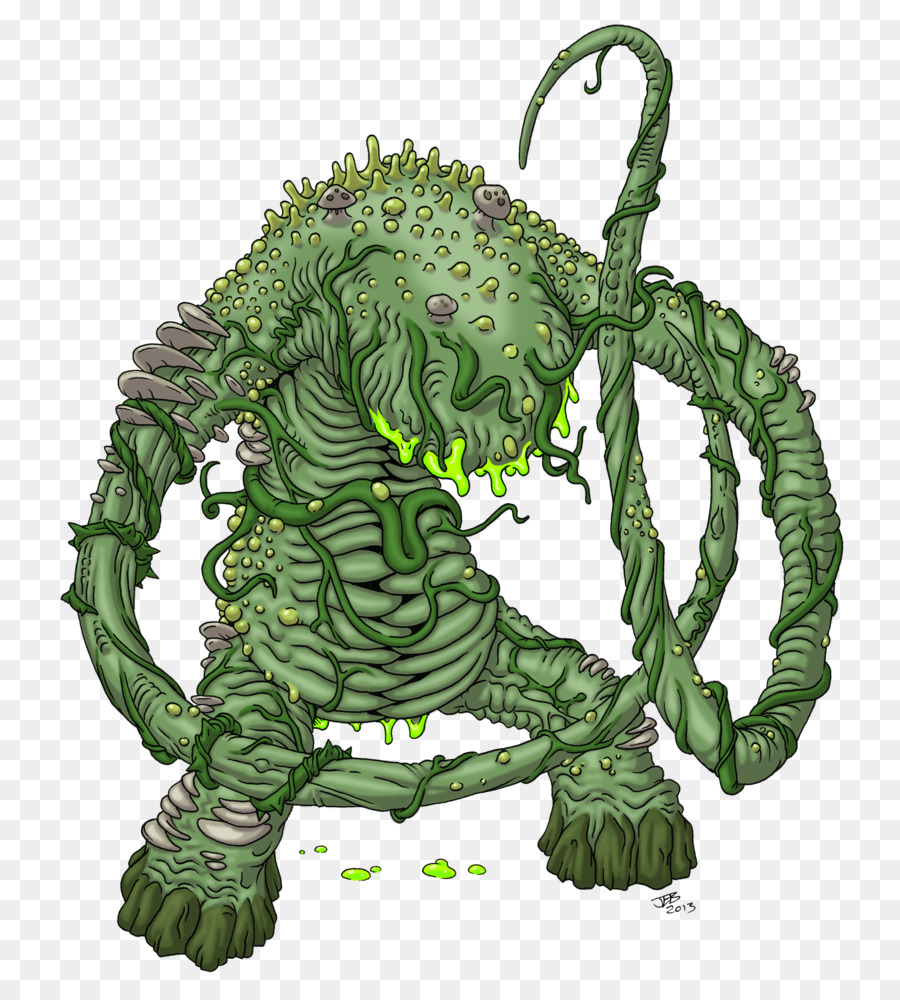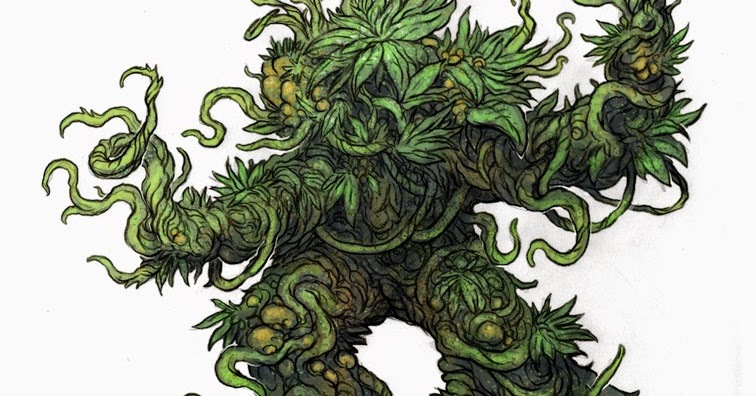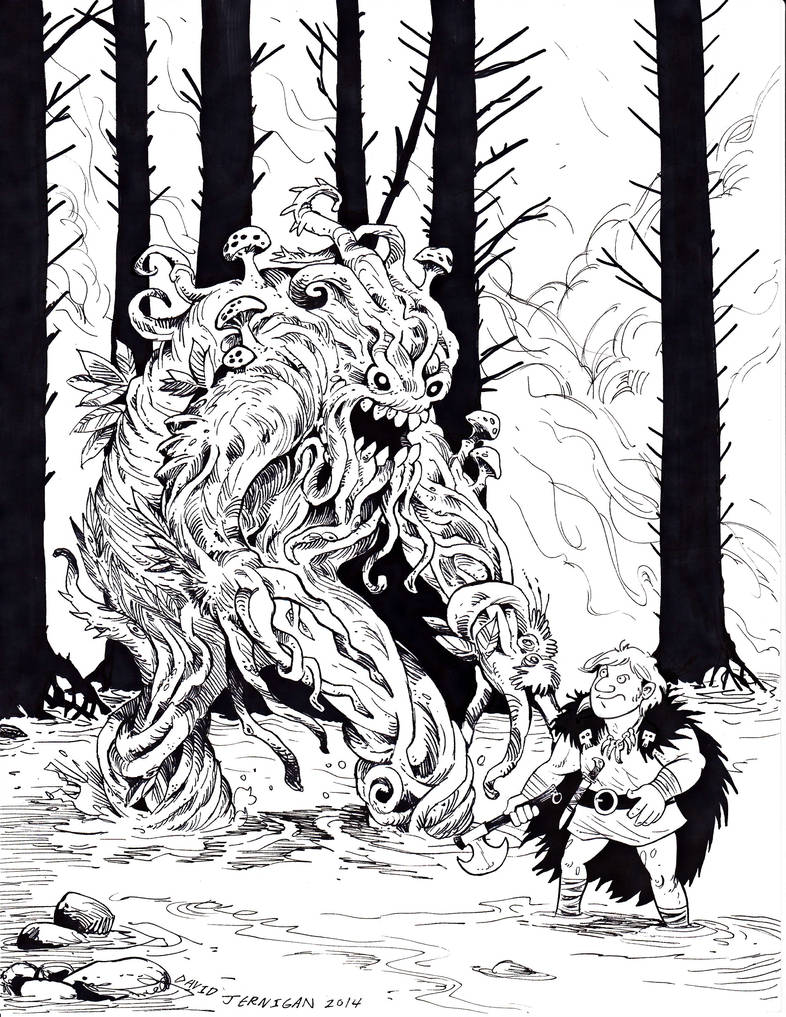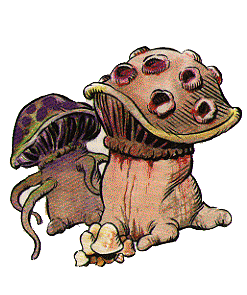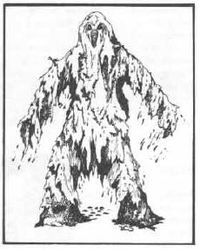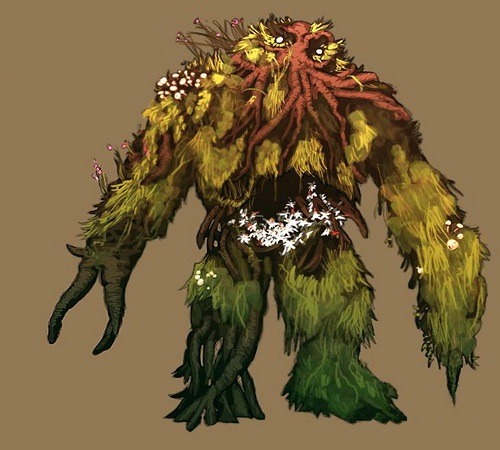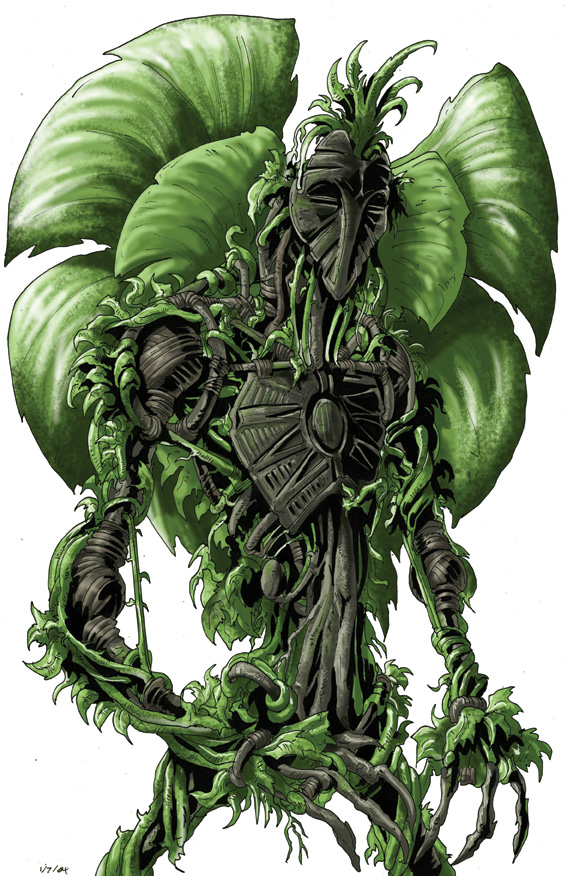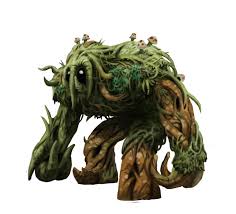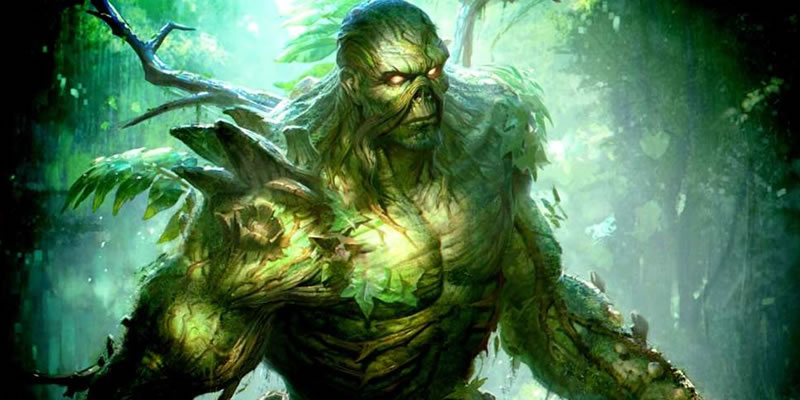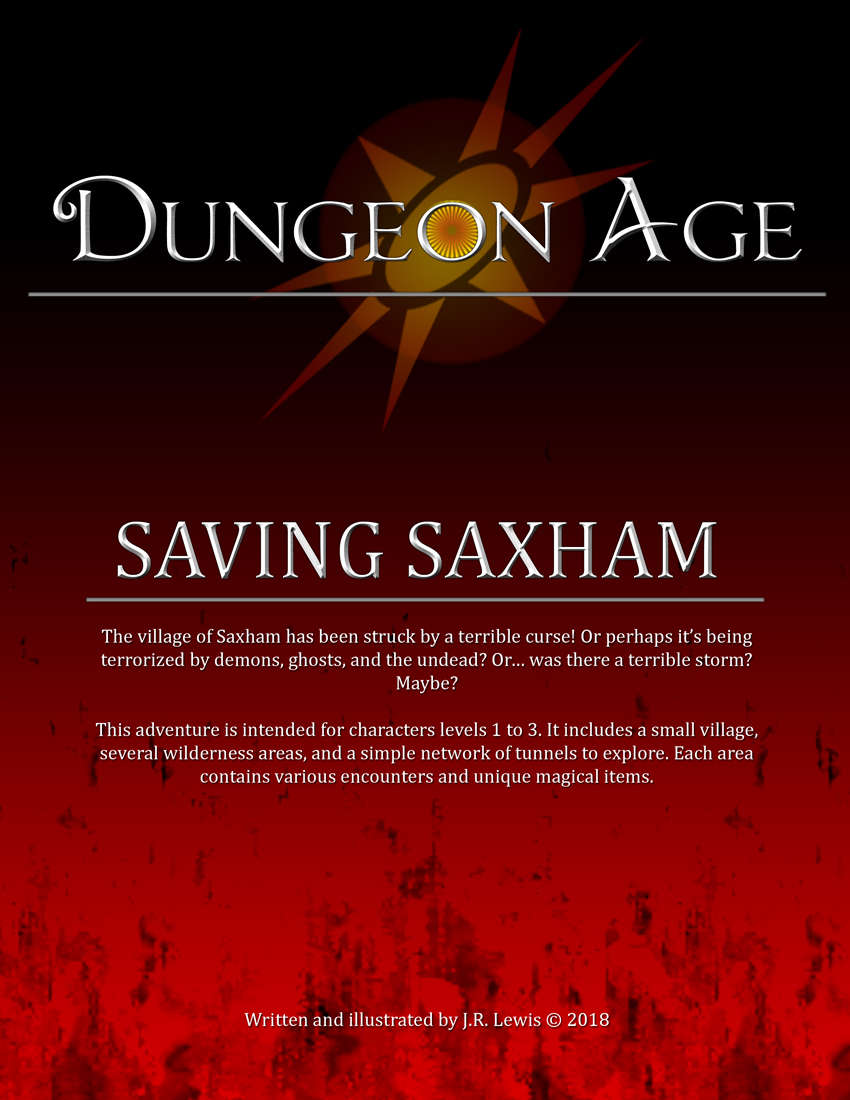Steading of the Hill Giant Chief was the beginning of a series of adventures from TSR ending in Q1 Queen of the Demon Web Pits. This was one of the earliest attempts by TSR to publish adventures for any of it’s Dungeons and Dragons lines. And it was written pretty much at the same time that the first books for Advanced Dungeons and Dragons were released. Steading was published first in 1978 and was then re-released later in 1981 as part of the “Against the Giants” series. The adventure is written by Gary Gygax.
What strikes me first, after reading this adventure so long after playing it the first time in 1979, is that the adventure itself is incredibly short. From cover to cover it is 12 pages long. That includes both covers, the two maps and a page of pre-rolled characters. That means 7 actual pages of adventure is presented in this module. Yet it looks and feels like any of the much longer adventures written later.
The adventure begins with a short background and a warning that characters should be at least 9th level or so to begin this adventure. As the adventure is mostly against giants this would seem to be a practical disclaimer. Characters of much lower levels would likely die on the first or second hit from one of these creatures. At the time this adventure was published there would have been few characters of much higher level for quite some time playing by the actual rules.
The story line is short. Giants have been raiding the lands of men. Go out and punish them. We have a safe spot ready for you to retreat to when necessary. Do not return alive without accomplishing your mission. That is about it in a nutshell.
What is left unclear is who is behind these attacks or why they are being made. That is up to the adventurers to find out. Ultimately the adventurers will discover that the hill giants are not the only ones involved in this conspiracy and this leads to the further adventures in the series.
Link to the product (Drive Thru does not have this adventure but does have the entire series as one download):
What I like about Steading of the Hill Giant Chief
This is an old school adventure. It is very short and to the point. There are lots of monsters to kill. There is little background provided. The adventurers are sent on their way and can immediately go to work.
The monsters are tough. And there are a lot of them in some places. One single encounter is with the chief and about twenty five or so other hill giants. Clearly any party of 9th to 10th level is not going to defeat such a group in one encounter. But this adventure was written differently than so many later ones for Dungeons and Dragons. When the game was still new there was this idea that adventurers were fighting like a mercenary group not like treasure hunters. A raid might be made. And then a retreat. Followed by further raids. That is why a safe haven is provided right from the beginning. Gary had the idea that after the first raid the DM would set up ambushes with the giants and do things that logically would be done with such a place for it’s defense.
What I do not like about Steading of the Hill Giant Chief
This has been mentioned before in a number of places, reviews and on other web sites but…… leaving the giant killing sword in a torch sconce seemed a bit out of place. I know a lot of writers do not like the idea of leaving a giant killing sword in an adventure with giants….or a dragon killing sword in an adventure with dragons.
The general idea why writers do not like this is because they believe those items would be found and destroyed by the giants (or dragons or whatever) that discover them. I tend to agree. And the premise included in this adventure is that a cloud giant hid it there. That makes little sense to me.
That being said……I do not mind at all the idea of such a weapon being found there for other reasons. One logical reason for finding such a weapon in this place would be that other adventurers came there and were expecting to find giants. They died and the weapon was not found for some reason. Perhaps it is at the bottom of a pit trap. Or in some other secluded area not otherwise visited by the giants. Or perhaps one of the orc rebels has it. There are lots of places there that the giants would not ordinarily visit.
One other aspect of the adventure that I do not especially like is the treasure. Despite so many admonitions in the DMG and other places in the core books for Advanced Dungeons and Dragons Gary seems to ignore his own rules about giving away treasure. This, and others in the series, give away a great deal of treasure. Now I realize that these monsters are difficult. But there are rooms where 27500 gold pieces are found in a single chest. How do adventurers get this out of the dungeon? To me that seems a bit illogical. Perhaps they are not intended to. I do not know. There are also many rooms with no combatants where great gobs of treasure can be found.
Would I recommend this adventure to others?
Absolutely. For old school dungeons and dragons play this adventure is perfect. Players love bashing giants. And they would love bashing the other creatures that follow in other adventures in the series. This adventure is a good way to start a long campaign.
Would I play this adventure with my own group?
Yes. I would. And I may. But my current adventurers might be a little too powerful now for this series. Perhaps not. It is so hard to tell when your adventurers get to a certain point in this game. But when my current campaign comes to an end I may decide to go back and play some old modules with them. That has been my plan for some time. And this series would be a logical choice for inclusion in that.


